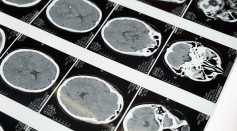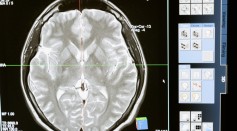Rojoef Manuel

Socioeconomic Disadvantages Linked to Increased Long-Term Heart Attack Effects, Mortality
Climate Change Linked to Intensity Hurricane Sandy Boosting Damages by at Least $8 Billion
New Research Allows Easy Mapping of Rare Extragalactic Quasars
Neuroscientists Discover Nerve Cells Sending Neural Information in the Wrong Direction
Extinct Australian Crocodile Species Likely Preyed on 1,400-Pound Birds in the Late Mioce Era

First-Ever Hood Graft Operation on Big Cat Done to Save Ratna the Tiger

COVID-19 Reduces Gray Matter in Frontal Lobe Resulting to Changing Mood, Neurological Disease
New Concept of Saturn's Titan Moon Exploration by NASA Will Ease the Sample Collection

Neuroscientists Follow Thought Movement Inside the Human Brain of Epilepsy Patients
Greenhouse Gas Emissions Force Earth's Stratosphere to Shrink and Contract Says Study
World War I Human Tissue a Breakthrough to Sequencing 1918 Pandemic Genome

Land Subsidence Sinks Mexico City Deeper Within a Century
Tectonic Plates Found to be 3.6 Billion Years Old Thanks to Ancient Zircons Found in Australia

Study Gives Clues on Potential Link Between Depression and Inflammation Due to Presence of Biomarkers
Most Popular

How Technology Is Changing the Real Estate Industry?

How a Plant-Based Diet Can Protect Against Breast Cancer: Insights from Nutrition Research

Study Reveals High Turnover in Scientific Research Careers: What This Means for Future Scientists

Why It's So Difficult to Lose Weight: The Biological Explanation Behind Obesity





